Thank you for your message. It has been sent.
Supporting tourism development
Sports tourism, slow tourism, eco-tourism and heritage tourism are all new forms of tourism that are on the rise.
To make the right decisions to support these new trends, it is essential to understand them.
This article shows the importance of managing peak visitor numbers, adapting resources, calculating economic benefits and justifying investments in the tourism sector with a range of tools and methods for doing so.
Whether it’s for sports fans who travel to cheer on their favorite team, spectators at major competitions, or those who like to be sporty on vacation, sports tourism is gaining in popularity, whether it involves water activities (sailing, surfing, diving), mountain hiking, mountain biking, skiing, kayaking and so on.
According to the World Tourism Organization (UN Tourism), “Sports tourism is a fundamental axis, generating around 10% of the world’s expenditure on tourism. Sports tourism can promote social, economic and environmental action, it accelerates development and can leave a long-lasting positive legacy.”
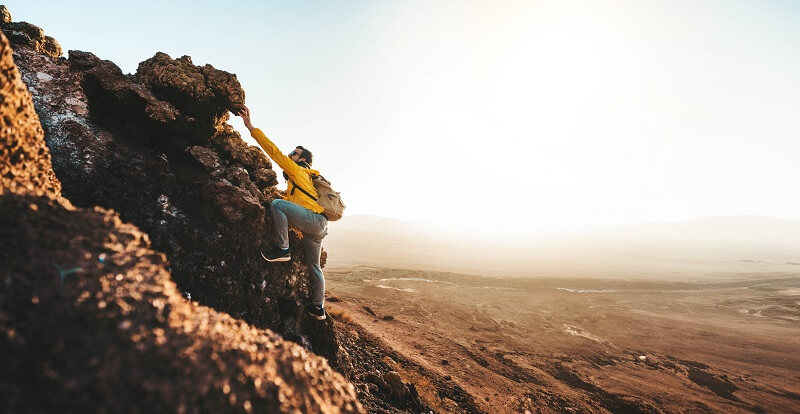
Discover our latest blog article on the subject: “Urban & sports tourism: what can the Olympic Games bring to Paris?“
Two other fast-growing practices: slow tourism and itinerant tourism. These two forms of tourism focus on experience, and constant awareness of your surroundings discovery rather than traditional tourism approaches.
Slow tourism encourages travelers to take their time and immerse themselves in the local culture. The aim is to enjoy the journey as much as the destination.
Ecotourism, along the same vein, refers to a type of travel that involves contributing positively to the local environment and reducing your carbon footprint. Ecotourists would, for example, eat at locally sourced restaurants, not use disposable plastics, or use green transportation methods.
These notions of itinerant tourism and ecotourism are gaining ground, and particularly bicycle tourism, the fastest-growing trend of all. The global cycle tourism market size was valued at USD 116.73 billion in 2022 and is expected to expand at a compound annual growth rate (CAGR) of 9.1% from 2023 to 2030 (source).
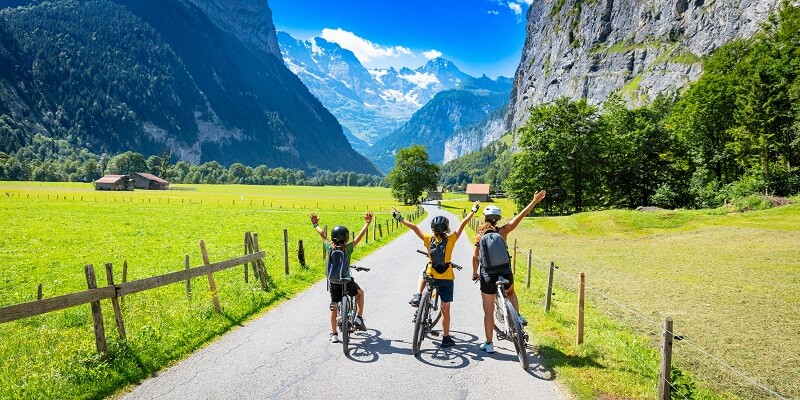
Another strong and growing tourism practice, heritage tourism involves visits to historical, cultural or artistic sites. It has three main goals:
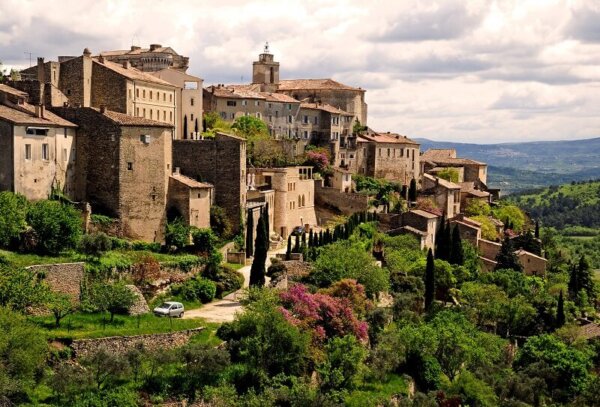
To better understand tourists and visitors, and depending on the constraints posed by each type of tourism, different tools and methods are applicable:
Of course, each data source has its own advantages and disadvantages. Among the challenges: measuring and making decisions based on reliable trends, and correctly integrating different users (hikers, mountain bikers, kayakers, etc.).
We have been convinced of this ever since Eco-Counter began tracking visitor numbers for organizations over 20 years ago. Real, quantitative field data is the key to any extrapolation or validation of qualitative data.
Here, for example, is a graph showing daily visitor numbers, demonstrating the high degree of variability in visitor numbers (seasonal effect, weather effect, etc.). It shows how difficult it is to predict, based on one-off manual counts, what the actual ridership will be over the year.

2020 vs. 2019 count data for Kelowna’s Bernard Avenue, before and after a pedestrianization project
In this case, only a permanent automatic count will provide a long-term view, and a reliable basis for decision-making.
But raw data isn’t everything! Based on our experience, we have developed a software-based data analysis platform that integrates business expertise to analyze tourist traffic data simply and easily.
Data can be used to manage peaks in tourist numbers, an important subject in today’s landscape of increased travelling and rising tourist pressure on natural areas and historic sites.
To meet this challenge, it’s vital to obtain accurate, reliable and highly responsive data.
Find out, for example, how measuring tourist numbers at a volcanic eruption site in Iceland enables the right decisions to be taken to manage peak visitor numbers.
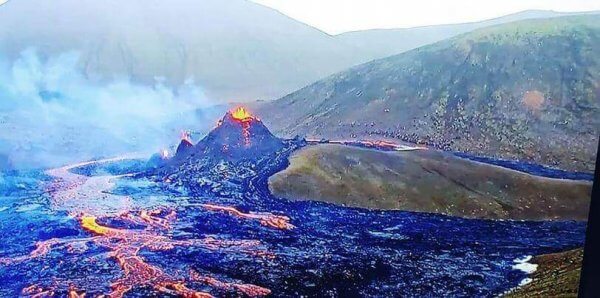
Eruption (picture credits: Ferðamálastofa – UST)
Another topic surrounding the use of data for tourism management is the adaptation of resources.
For Acadia National Park in Maine, count data has helped manage crowds on their famous carriage roads. Using hourly data updates, park managers look at which critical points are experiencing heavy foot traffic and mobilize staff to redirect visitors to alternate, quieter routes. Also, by analyzing their long-term count data, they predict which routes will be busiest at a given time of the year. From there, they alter bike and carriage tour routes to give customers the best experience possible.

Over in France in Alsace, day-to-day visitor numbers are used to guide maintenance and organize the layout of the various signage, furniture and amenities for its historic castles. It helps with the choice of events, opening hours, on-site presence, maintenance tasks, etc..
As Guillaume Maciel, Castles project manager for Alsace Destination Tourisme (Alsace tourism agency), points out:
“Having figures is essential. It’s strategic, for developing a project, because figures are a powerful argument for justifying investments linked to the enhancement of our heritage”.
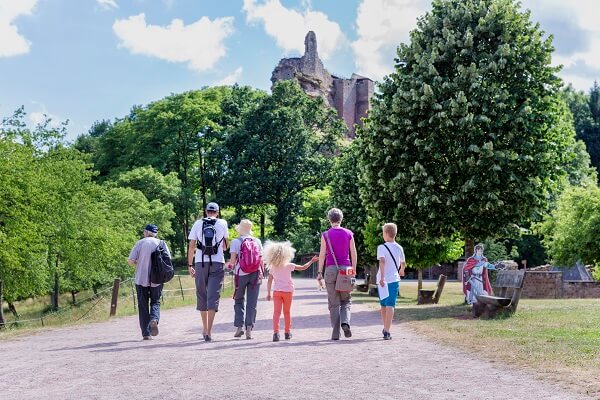
Visitor numbers are also a prerequisite for calculating economic benefits. Many economic benefits stem from increased cycling mode share, as detailed in a major report by the Institute for Transportation and Development Policy in 2022.
For example, they found that in the Outer Banks of North Carolina in the US, “a one-time investment of $6.7 million into cycling infrastructure generates roughly $60 million in economic activity each year through cycle tourism.” Interestingly, they also found that investing in cycling infrastructure creates four times more jobs than an equal value investment in roads in the US.

Regardless of the scale of your investment, measuring economic returns involves understanding how many people are using your cycling infrastructure in the first place. From there, figures like mode share increase, visitor growth, and dollar spend per cyclist can be discovered.
To read more of the report, click here
You can also read the article on preparing for a tourist season and calculating economic benefits.
Finally, data can be used to understand usage and create targeted, effective communication campaigns.
For example, by cross-referencing several data sources, including count data, the Metropole du Grand Lyon has been able to gain a better understanding of the visitors who use its natural areas.
The Metropole’s understanding of visitor profiles has enabled it to reduce and adapt its signage, reducing the number of information panels, but including more regularly updated information. This is in line with the data they gathered suggesting frequent visits by visitors (1.4 visits per week on average).
When analyzing visitor numbers, the natural area managers also noted an under-representation of young people and families among trail visitors. A specific project in the form of a treasure hunt (“La Vallée des 7 pierres sacrées” (Valley of the 7 sacred stones) on the “sentier des galets voyageurs” (travelling pebbles trail)) was developed to introduce the trails to a demographic that was previously far removed. In the form of kits to be purchased from tourist offices and other shops in the area, families could now discover the trails in a fun way.
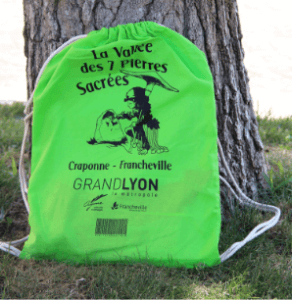
Contact Us!